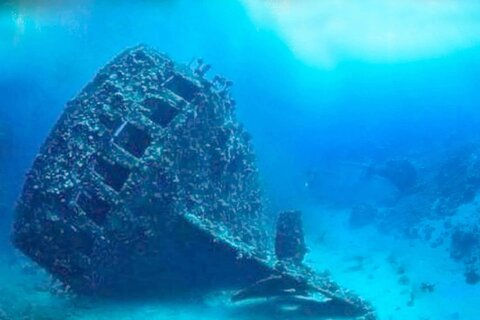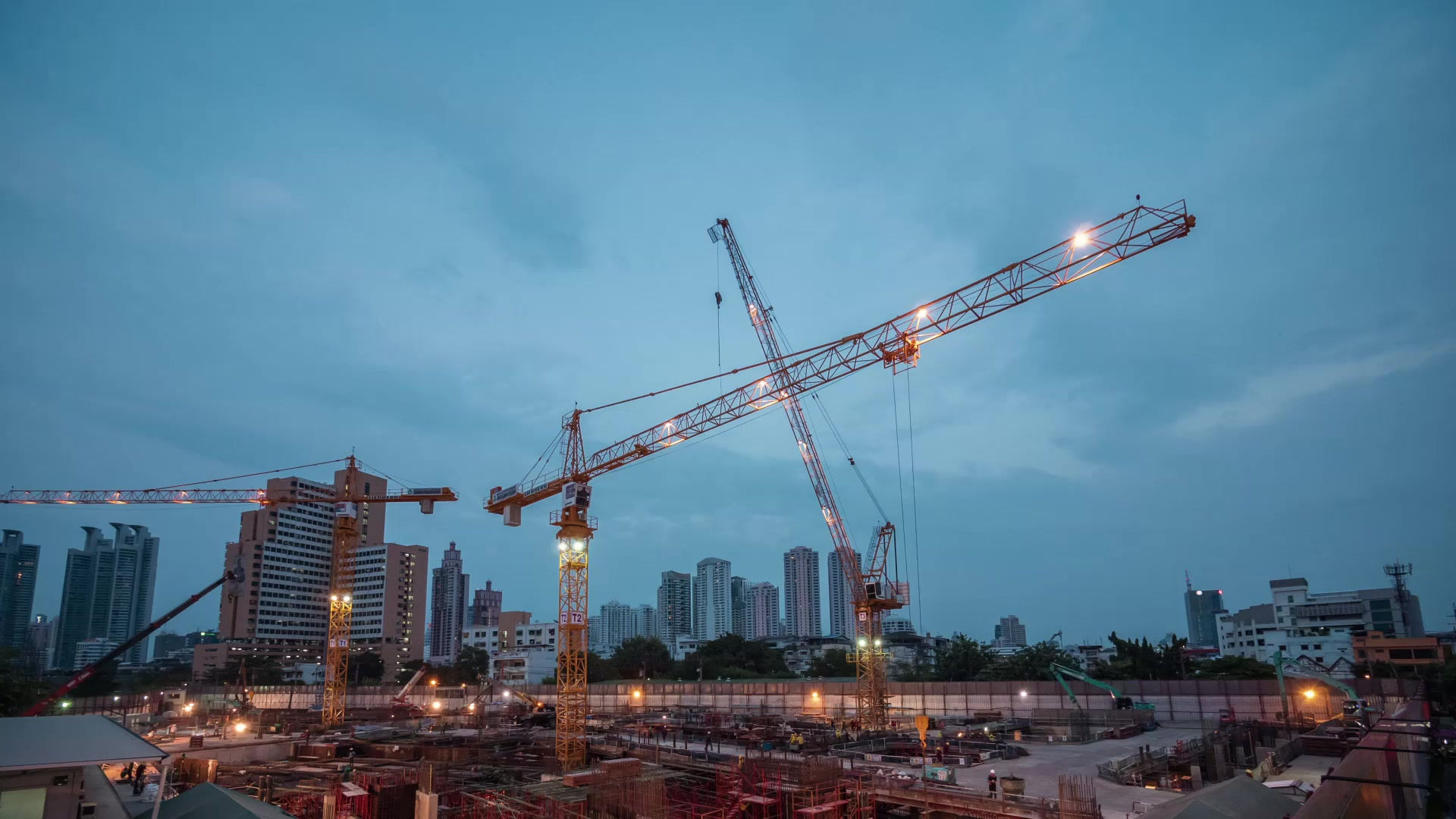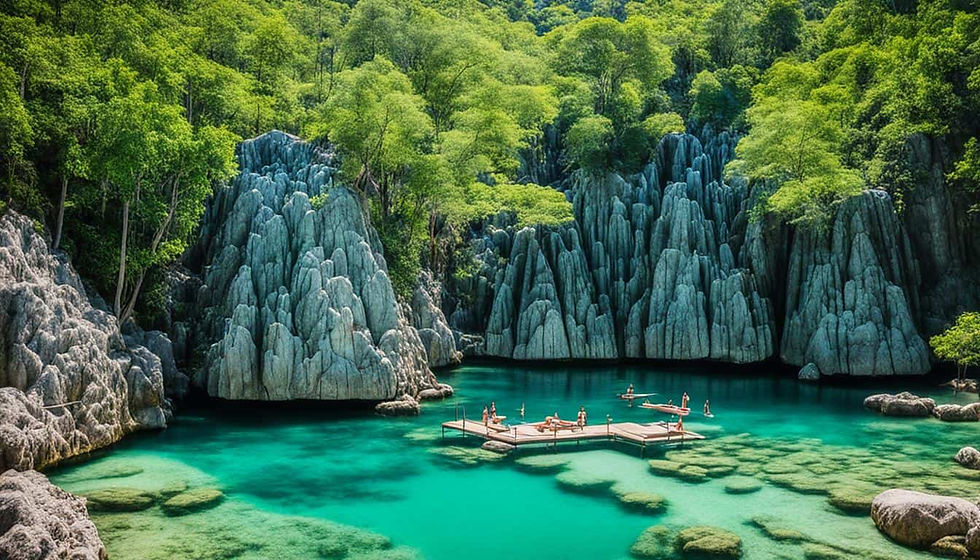Beneath the Waves: Exploring Coron’s Legendary WWII Shipwrecks
- vienna venus
- Jul 10
- 2 min read

For underwater adventurers, marine life lovers, and history buffs alike, the sunken Japanese shipwrecks of Coron are not only some of the most hauntingly beautiful dive sites in the world they are living monuments to a turbulent chapter in human history. These wrecks, remnants of a powerful air raid that took place on September 24, 1944, during World War II, now rest quietly beneath the turquoise waters of Coron Bay. What were once instruments of war massive steel cargo ships, oil tankers, and gunboats are now colonies of life, covered in soft corals, sponges, and swarmed by hundreds of species of tropical fish. The sea, in its patient way, has transformed destruction into rebirth, chaos into calm.
Today, more than 10 identified wrecks lie scattered across various depths, making Coron a globally renowned destination for wreck diving enthusiasts. Each ship tells its own story. The Lusong Gunboat, sitting in shallow waters just a few meters from the surface, is easily accessible to snorkelers and beginner divers. Its outline is visible from above, like a skeleton resting in sand, now cloaked in bright coral and algae. Then there are the deeper, more mysterious wrecks like the Irako, Olympia Maru, and Akitsushima gigantic vessels that require advanced diving skills and proper certifications to explore. These deeper dives take you into the eerie insides of decaying ships, where narrow passageways, rusting corridors, and cavernous engine rooms await. It feels like stepping into a submerged museum only here, the exhibits breathe, move, and shimmer with aquatic life.
As you swim through the shadowy hulls, it’s not uncommon to be greeted by schools of fusiliers, groupers, snappers, and the occasional turtle or barracuda. Colorful soft corals bloom along beams, while lionfish and nudibranchs hide in the nooks and crannies of the steel structures. But while the natural spectacle is mesmerizing, it’s the emotional gravity of the dive that leaves the deepest impression. You are exploring real history sites where people once lived, worked, and died. The silence underwater adds a sense of reverence, and many divers describe a feeling of reflection, even humility, when hovering inside these shipwrecks.
What makes the experience even more meaningful is the local dive community’s dedication to preserving both the wrecks and the stories behind them. Reputable dive centers in Coron provide in-depth briefings before every dive, including historical context, ship names, war events, and ecological significance. Many guides are seasoned divers with decades of experience, blending storytelling with safety and conservation education. Some even include surface-level historical tours or visits to museums and memorials, helping visitors grasp the larger picture of the war in the Pacific.
Coron’s shipwreck diving isn’t just a recreational activity it’s a powerful blend of adventure, education, and memorial. It allows you to float between past and present, where fish now swim through engine rooms and soft coral blankets rusted gun mounts. It reminds you of the sea’s dual nature its power to destroy, but also its ability to heal. Whether you’re diving for the thrill, the history, or the photography, these submerged time capsules will leave an unforgettable mark on your journey, and perhaps, on your soul.





Comments